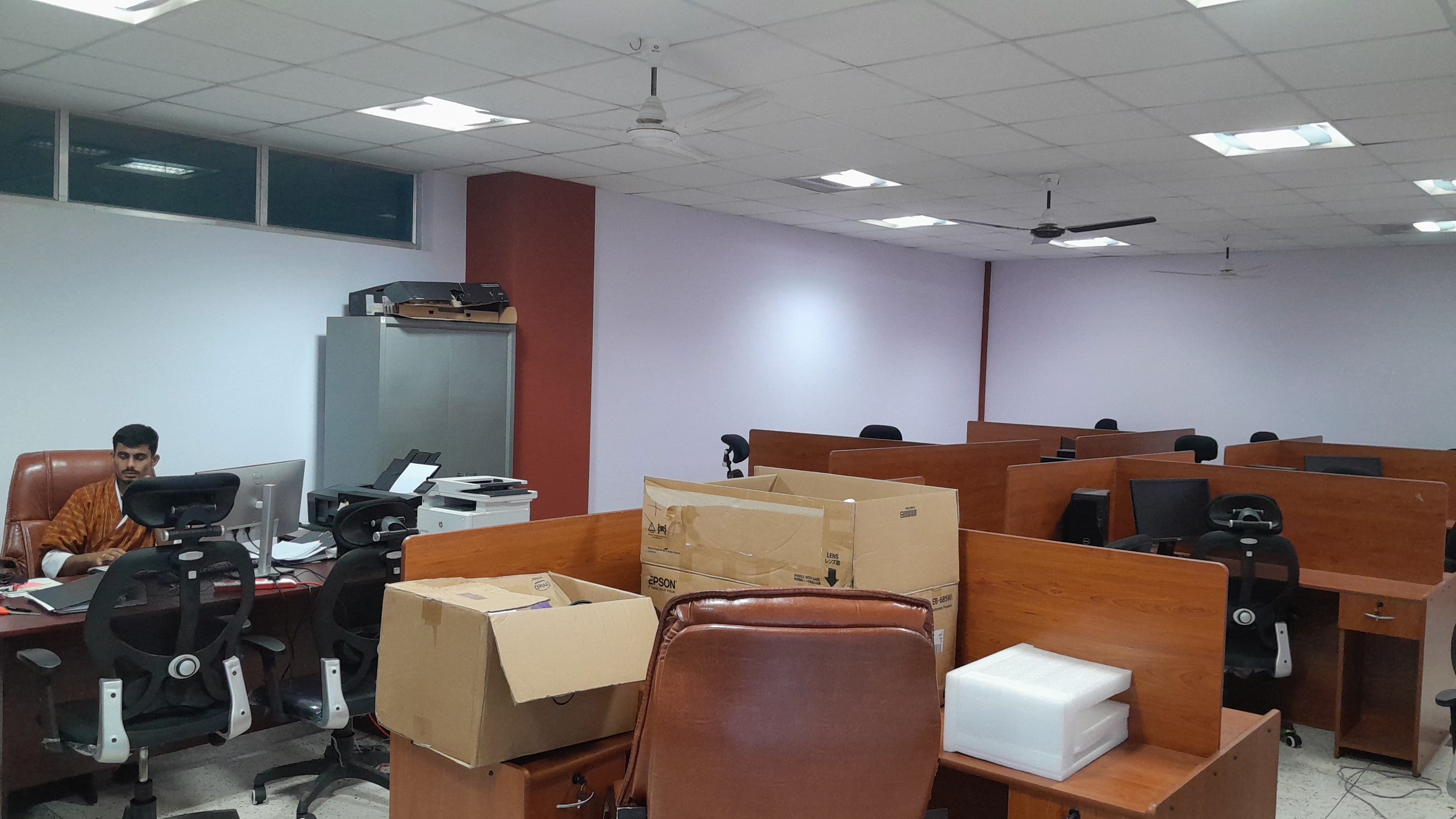Workspace
Physical Layout: Working spaces can be designed in various layouts, such as open-plan spaces, cubicles, private offices, or a combination of these. The layout is determined by factors like the nature of work, the desired level of interaction, and privacy requirements. Workstations: Workstations in a working space typically consist of desks, chairs, and storage units. They provide individuals with a designated area to set up their equipment, documents, and personal belongings. Meeting and Collaboration Areas: Many working spaces include designated areas for meetings, discussions, and collaborative work. These areas may feature meeting rooms with audiovisual equipment, whiteboards, and comfortable seating arrangements to facilitate effective communication and teamwork. Amenities and Facilities: Depending on the working space, there may be various amenities and facilities available to enhance productivity and well-being. These can include high-speed internet connectivity, printers, scanners, shared kitchen or break areas, recreational spaces, and access to refreshments. Accessibility and Infrastructure: Working spaces are often designed with considerations for accessibility, providing features such as ramps, elevators, and appropriate restroom facilities. They also offer basic infrastructure requirements like power outlets, lighting, and ventilation to ensure a comfortable working environment. Networking Opportunities: Working spaces can foster a sense of community and provide networking opportunities. Shared spaces and coworking environments enable professionals from different backgrounds and industries to interact, share ideas, and potentially collaborate on projects.

Computers
Central Processing Unit (CPU): The CPU is often referred to as the "brain" of the computer. It performs most of the actual data processing and executes instructions stored in the computer's memory. The CPU consists of an arithmetic logic unit (ALU) for performing calculations and a control unit for coordinating operations. Memory: Computers have two main types of memory. Random Access Memory (RAM) provides temporary storage for data and instructions that are actively being used by the CPU. Read-Only Memory (ROM) stores permanent instructions, such as the computer's firmware or BIOS. Storage Devices: Computers have various types of storage devices for long-term data storage. Hard Disk Drives (HDDs) and Solid State Drives (SSDs) are commonly used to store operating systems, software programs, and user data. Optical drives, such as CD/DVD drives, can read and write data on optical discs.

